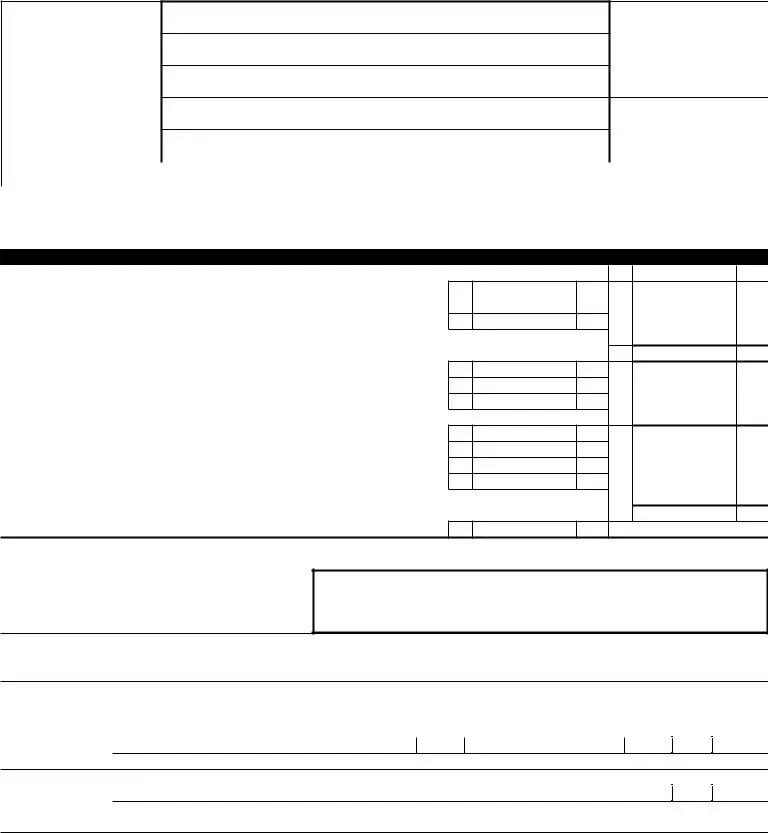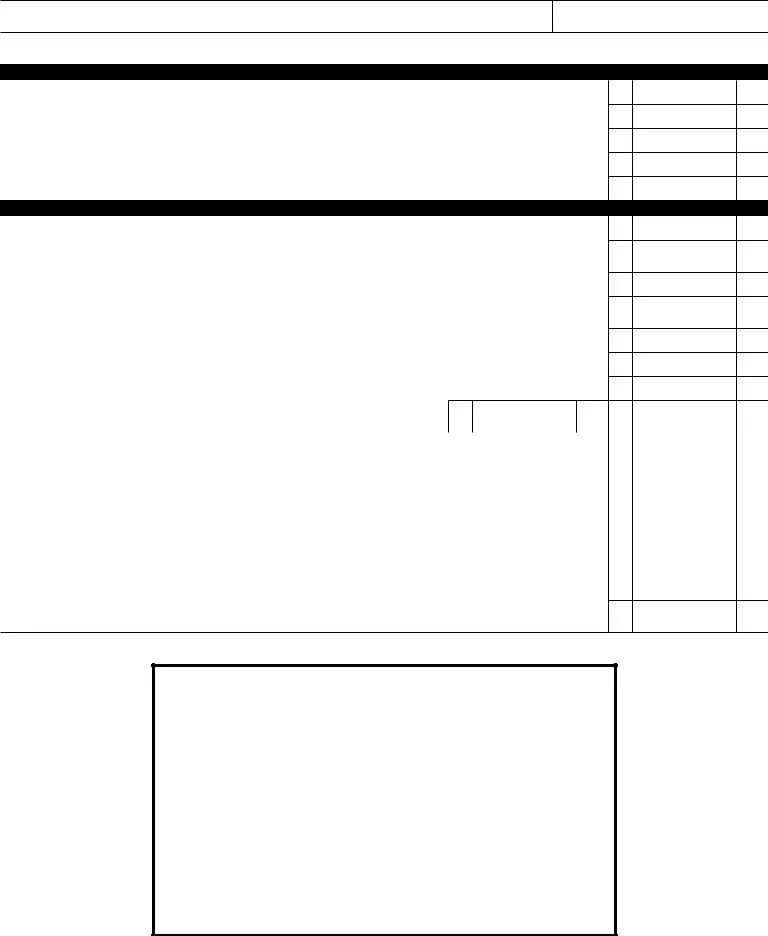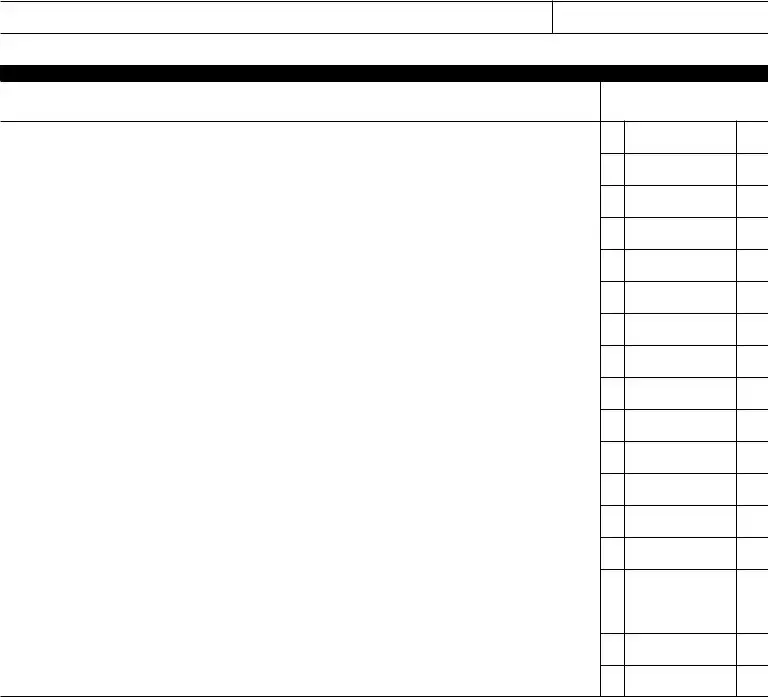What is the Alabama Form 41?
Alabama Form 41 is a Fiduciary Income Tax Return utilized by estates and trusts to report income, deductions, and taxes due to the state of Alabama. It is required for various types of entities, including decedent's estates, simple trusts, complex trusts, and bankruptcy estates, among others.
Who needs to file the Alabama 41 Form?
This form must be filed by fiduciaries of estates and trusts that have earned income within the tax year. The requirement applies whether the trust or estate is resident or nonresident, as long as it generates income that is taxable by the state of Alabama.
What should be attached to the Alabama 41 Form before submission?
A complete copy of the Federal Form 1041 must be attached to the Alabama 41 Form for the return to be considered complete. This ensures proper reporting and consistency between federal and state tax obligations.
How is the income tax calculated on this form?
Income tax on the Alabama 41 Form is calculated by first determining the Alabama Adjusted Total Income. Special deductions available to trusts are then subtracted to arrive at the Alabama Taxable Income. Taxes are calculated progressively, with rates starting at 2% for the first $500 of taxable income and increasing to 5% for amounts over $3,000.
Can a fiduciary claim credits for income tax paid to other states?
Yes, a fiduciary can claim a credit for income tax paid to other states on income also taxed by Alabama. The form provides a section for these credits, but limitations apply, and instructions provided with the form should be reviewed to ensure proper calculation.
What are the types of deductions available on the Alabama 41 Form?
The form allows for several deductions, including the Alabama Income Distribution Deduction and a general exemption as allowed by the Code of Alabama 1975. Other deductions relate to amounts set aside for charitable purposes and depreciation, depletion, and amortization directly apportioned to the income reported.
When is the Alabama 41 Form due?
For calendar year returns, the due date is April 16 of the following year. For fiscal year returns, it is due on the 15th day of the fourth month following the close of the fiscal year.
Where should the Alabama 41 Form be filed?
Forms with payments must be submitted to the Alabama Department of Revenue, Individual and Corporate Tax Division, at the designated P.O. Box in Montgomery, AL. Forms without payment are submitted to a different address, also specified in the form instructions.
How does one authorize a representative to discuss the return with the Department of Revenue?
To authorize a representative, the fiduciary must sign the designated section on the form, thereby granting the Department of Revenue permission to discuss the return and its attachments with the preparer or another nominated representative.



